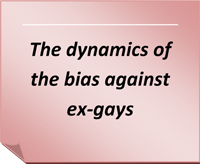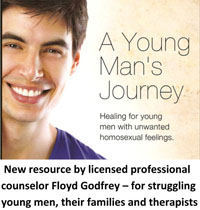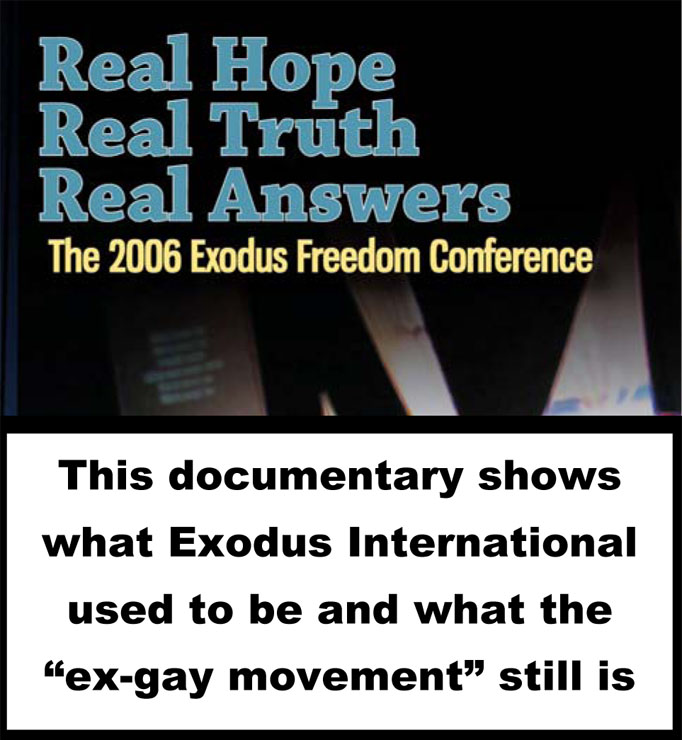CDC statistics reveal male homosexuals are at 150 Times Greater HIV risk than heterosexual males
April 12, 2013 By Thomas Coy
Putting 2010 HIV statistics from the Centers for Disease Control and Prevention (CDC) in a times comparison reveals that in the United States “men who have sex with men” (MSM) are at approximately 150 times greater risk of HIV infection than men who only have sex with women. According to the CDC, 29,194 new male HIV diagnoses in 2010 were linked to male homosexual contact where no injection drug use took place, while approximately 4550 HIV diagnoses to males were linked to heterosexual contact.1 In 2010 the CDC estimated the percentage of MSM to be 4 percent of the United States male population (range: 2.8 to 5.3 percent).2 When CDC statistics are analyzed, assuming the other 96 percent are heterosexual, the risk of HIV infection for the MSM population was approximately 150 times greater than the heterosexual male population in 2010.3
To understand the gravity of the risk factor of HIV infection for MSM a comparison with the health risks of smoking can be made. According to the CDC the risk of lung cancer for men who smoke is 23 times greater than for men who do not smoke. For women who smoke the risk is 13 times greater than for women who do not. The comparative risk of HIV infection for MSM behavior is significantly greater than the comparative risk of lung cancer from smoking tobacco.
The government has not responded to the risk of HIV infection to MSM in the same way it has responded to the risk of lung cancer to smokers of tobacco. Instead of discouraging male homosexual behavior like it discourages smoking tobacco, the government has promoted homosexuality as a healthy alternative to heterosexuality. Current efforts by the government to prevent the transmission of HIV and sexually transmitted disease include advising people to “abstain from sexual activity or be in a long-term mutually monogamous relationship with an uninfected partner,” and to use condoms correctly.4 Federal funds are allocated to organizations serving the gay and lesbian community to increase HIV awareness,5 but there are no publicly funded programs that seek to lower HIV transmission by encouraging heterosexual orientations in youth confused about their sexuality. Current HIV awareness programs do not even recognize the health advantages of changing sexual orientation from homosexual to heterosexual.
The continued promotion of homosexuality as normal and healthy by the government, the media and academia has led to the increase of HIV infection in adolescent males and young men. The CDC reported “Whereas new HIV infections were relatively stable among MSM from 2006–2009, they increased 34% among young MSM—an increase largely due to a 48% increase among young black/African American MSM aged 13–29.”6
AIDS historian Randy Shilts observed in 1987 that the government’s approach from the beginning of the AIDS epidemic was “Don’t offend the gays and don’t inflame the homophobes.”7 Shilts believed the “Don’t offend” policy cost the lives of many gay men as well as those who contracted HIV from blood banks that continued to take blood from gay men. It’s well past time for the public to be “inflamed.” It’s well past time for the truth to be spoken plainly.
Related article on HIV incidence by Thomas Coy: http://www.mercatornet.com/articles/view/the_smokescreen_putting_young_mens_health_at_risk
References
1. Centers for Disease Control and Prevention (last modified March 12, 2012). “HIV Surveillance – Epidemiology of HIV Infection (through 2010).” PowerPoint presentation slides 2, 5, and 8. Retrieved from http://www.cdc.gov/hiv/topics/surveillance/resources/slides/general/index.htm on June 7, 2012. The CDC did not explicitly give the number of diagnosed HIV infections for male heterosexuals linked to sexual contact with women. It did give the total number of male HIV diagnoses at 37,910 and state that the percentage of HIV infection from heterosexual contact was 12 percent, which yields an approximate figure of 4,550.
2. Centers for Disease Control and Prevention (March 10, 2010). “CDC Analysis Provides New Look at Disproportionate Impact of HIV and Syphilis Among U.S. Gay and Bisexual Men.”
3. The approximately 150 times greater risk factor can be calculated by using the 2010 U.S. census figure of 151.8 million males and using the CDC 4% of the male population figure for MSM (6.072 million) and assuming the other 96% are heterosexual (145.728 million). In 2010 29,194 HIV cases were transmitted by males having sex with males in the MSM population of 6.072 million. In 2010 approximately 4,550 HIV cases were transmitted by heterosexual contact to the heterosexual male population of 145.728 million. So in 2010 1 in every 208 MSM became newly HIV infected through male to male sexual contact and 1 in every 32,028 male heterosexuals became newly HIV infected through heterosexual contact. If the incidence ratio of MSM sexually transmitted HIV diagnoses 1/208 is divided by the incidence ratio of male heterosexually transmitted diagnoses1/32,028, the risk of getting HIV from sexual behavior was 154 times greater for MSM than for heterosexual males in 2010. Statistics regarding injection drug users were omitted in this comparison.
4. Centers for Disease Control and Prevention (last modified April 11, 2012). “Basic Information about HIV and AIDS.” Retrieved from http://www.cdc.gov/hiv/topics/basic/index.htm on June 4, 2012.
5. Centers for Disease Control and Prevention (last modified May 25, 2012). “Funding Opportunity Announcement: PS12-1211 Enhancing HIV Mobilization among Organizations Serving Gay, Bisexual and other Men Who Have Sex with Men.” Retrieved from http://www.cdc.gov/hiv/topics/funding/PS12-1211/index.htm on June 4, 2012.
6. Centers for Disease Control and Prevention (last updated May 18, 2012). “HIV among Gay and Bisexual Men.” Retrieved from http://www.cdc.gov/hiv/topics/msm/index.htm on June 6, 2012.
7. Randy Shilts, And The Band Played On. New York: St. Martin’s Griffin (1987), p. 69.




